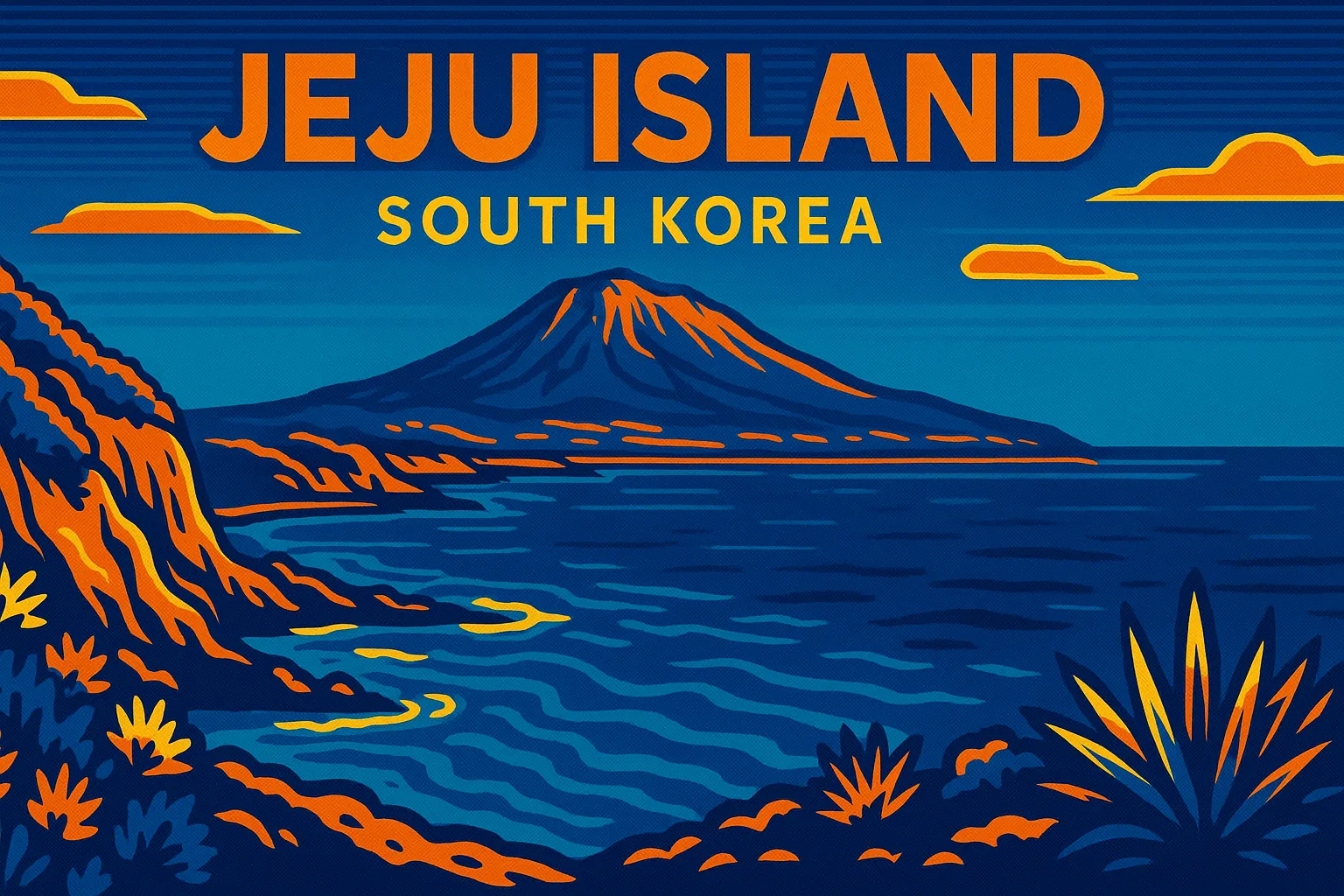Learning how to explore Jeju Island in South Korea within the context of Korean Culture allows travelers to connect deeply with heritage, traditions, and natural beauty. This stunning island is more than a tourist destination—it represents the values, lifestyle, and artistry of Koreans. By understanding how to navigate Jeju, you gain both practical travel knowledge and insight into the cultural meaning behind its attractions. Exploring Jeju Island South Korea helps you appreciate its landscapes, Korean food specialties, and unique traditions that highlight the nation’s identity. This step-by-step guide offers clear instructions to make your journey enjoyable and culturally enriching. Whether you are a first-time visitor or a repeat traveler, following these instructions ensures you capture the best experiences while respecting local customs.
Materials or Tools Needed in Jeju Island South Korea
Before you start exploring the famous place, prepare the essentials. Travelers should bring a valid passport, comfortable clothing, and reliable internet access for navigation. Downloading local maps or translation apps will help you communicate better with Koreans during your trip. Consider carrying a travel card or cash for transportation and food purchases. Having a good camera or smartphone ensures you can capture memories and share Fun Facts about your journey later.
Step 1: Plan Your Travel Route

Begin by mapping out the locations you want to see in Jeju Island. Popular spots include Hallasan Mountain, Jeju Folk Village, and the scenic coastlines. Decide whether to rent a car, ride public buses, or book guided tours. Each method has benefits: car rentals provide flexibility, while tours offer cultural explanations.
Step 2: Explore Cultural Attractions in Jeju Island South Korea

Visit the museums, heritage villages, and UNESCO sites that showcase Korean Culture. Spend time at Jeju’s Folk Village to understand traditional homes and lifestyles. Walk through historical sites where traditions are preserved, and take part in cultural programs to gain hands-on experiences.
Step 3: Enjoy Local Food and Scenery
No trip to the island is complete without tasting Korean food. Try dishes like black pork barbecue, seafood stew, and tangerine-based treats. At the same time, explore Jeju’s natural wonders such as waterfalls, lava tubes, and pristine beaches. Balancing food and nature provides the complete experience of the island.
Step 4: Engage with Local Traditions

Immerse yourself in island by joining traditional activities. Watch female divers, known as haenyeo, who harvest seafood from the ocean. Participate in local festivals that celebrate Jeju’s agricultural roots and customs. By engaging directly with these traditions, you gain a deeper understanding of Korean Culture and its connection to the island’s heritage.
Step 5: Discover Outdoor Adventures
Jeju Island South Korea offers exciting outdoor activities for adventurous travelers. Hike Hallasan Mountain, South Korea’s tallest peak, for breathtaking views. Try horseback riding through volcanic landscapes or cycle along the island’s coastal paths. These outdoor adventures complement cultural exploration, allowing you to see Jeju from both a traditional and modern perspective.
Step 6: Shop and Support Local Markets
A trip to Jeju Island South Korea would not be complete without visiting its vibrant local markets. Head to Dongmun Market, where you can browse stalls filled with fresh seafood, handmade crafts, and Jeju’s famous tangerine products. Traditional markets also offer a chance to taste street food unique to the island while supporting local vendors. Shopping in these markets not only provides souvenirs but also connects you with everyday Korean Culture. By choosing locally made goods, you help preserve traditions and contribute to the island’s economy.
Cultural Highlights of Jeju Island South Korea
The island is more than scenery; it is a cultural hub. The island is home to the haenyeo women divers, who dive without oxygen tanks to collect seafood—a living tradition recognized by UNESCO. Another cultural highlight is the presence of Dol Hareubang, the iconic stone statues often seen at village entrances, believed to protect residents. Festivals such as the Jeju Fire Festival celebrate agricultural traditions and showcase how Koreans honor their heritage. Experiencing these cultural elements helps travelers understand the deeper significance of the island within Korean Culture.
Tips and Warnings in Jeju Island South Korea
To get the most out of exploring, follow these tips. Travel during spring or autumn for the best weather and fewer crowds. Always respect local traditions, especially when visiting temples or heritage sites. Carry reusable water bottles to reduce waste, and avoid littering in natural parks.
Be cautious of common mistakes. Some travelers underestimate travel time between attractions, which can be longer than expected. Plan your itinerary with flexibility and don’t rush. Others may overlook trying local foods beyond the popular dishes, but Jeju’s culinary culture deserves exploration. Another mistake is ignoring cultural etiquette; for example, bowing or using polite phrases when greeting Koreans leaves a positive impression.
Finally, prepare for sudden changes in weather. Jeju Island has a varied climate, and rain showers may appear unexpectedly. Pack light jackets and umbrellas to stay comfortable. These warnings help you avoid frustration and enjoy the journey with confidence.
Conclusion
Exploring Jeju Island South Korea within Korean Culture gives travelers more than sightseeing. It provides meaningful experiences with food, traditions, and community. By planning carefully, visiting cultural sites, and tasting authentic dishes, you create unforgettable memories. Follow these steps, respect local practices, and embrace the beauty of the island. Jeju offers more than a destination—it offers a living story of Koreans and their heritage.
FAQ
What is the best time to visit Jeju Island South Korea?
Spring and autumn provide the best weather, fewer crowds, and stunning natural scenery.
Do I need to rent a car in Jeju Island South Korea?
Not necessarily. Renting a car offers flexibility, but public buses and guided tours are also reliable.
What local food should I try in Jeju Island South Korea?
Popular dishes include black pork barbecue, seafood stew, and Jeju’s famous tangerines.
Resources
- Visit Jeju – An authentic Jeju trip, full of Traditional and Culture
- VisitJeju – Official Jeju Tourism Organization website
- Cultural Experiences in Jeju – History, Traditions, and Local Customs
- Jeju-si Culture – Explore 10 Unique Experiences (AdventureBackpack)
- TripZilla – 20 Awesome Attractions in Jeju Island You Shouldn’t Miss

